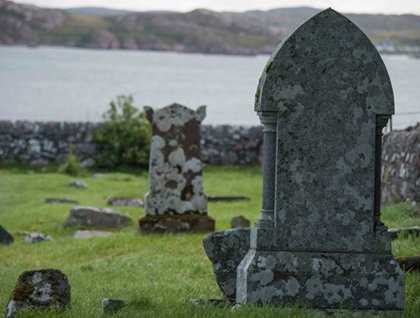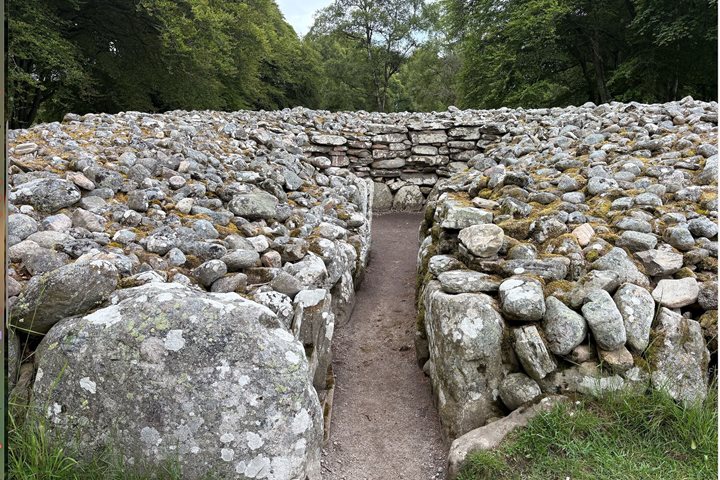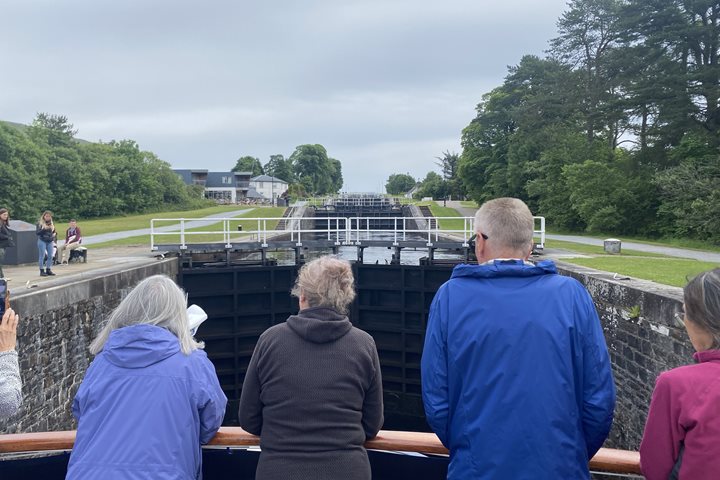All was quiet in Tobermoray at 6 a.m. this morning as we stole away from our berth and continued our passage down the Sound of Mull to Craignure. A brisk wind spread whitecaps here and there, but soon we were aboard Sheila’s bus and on our way by road to Finnephort, on the sout-western tip of Mull. Here we joined the ferry for the short crossing to Iona. It doesn’t take long to fall under the charm of this tiny island, even on a blustery September day. It was to this special place that St. Columba came around 563 A.D. to establish his great Celtic monastery, and over the years this grew into a major teaching, cultural, spiritual, and artistic centre, prospering alongside the new Kingdom of the Scots whose religious powerhouse it had become. A great royal burial ground was established at Reilig Oran, where countless chiefs, kings, and notables were buried under sculptured stones. Even the depredations of the Pagan Vikings in the 9th and 10th centuries A.D. did not extinguish it, and from 1200 A.D. it saw renewed life as the spiritual heart of the Lordship of the Isles.
Today Iona is a peaceful sleepy little community where ancient ruins are found dotted among the lanes, gardens, and cottages. Like pilgrims we wandered by the 13th century nunnery, where a small house of Augustinian Canonesses had once lived out their daily lives, past Maclean’s Cross to St. Oran's Chapel, the oldest of the standing medieval buildings, and heard stories of St. Columba and his times. Then we toured the Abbey itself, constructed from about 1200 AD for a new Benedictine community, with its beautifully restored church and cloisters, and admired the great decorated Celtic crosses and stones there.
A delightful and hearty lunch was provided in the adjacent St. Columba Hotel, and this set us up for our return trip by ferry and road to our next destination–Duart Castle. This iconic castle stands on a windswept rock dominating the southern entrance to the Sound of Mull. A stronghold stood on this spot from earliest times, but from the 14th century it was the seat of the Clan Maclean, the dominant clan in the area until the rise of the Campbells. It had fallen into ruin, until it was acquired in 1910 by Sir Fitzroy Maclean who then rebuilt it as a living castle. We were led through narrow passages and spiral staircases to the great hall bristling with weapons and clan memorabilia.
Then it was back to the ship, and a lovely sail into Oban. In evening sunshine the harbour town looked splendid, the quays busy with ferries and fishing boats, and the green island of Kerrera sheltering bay.







